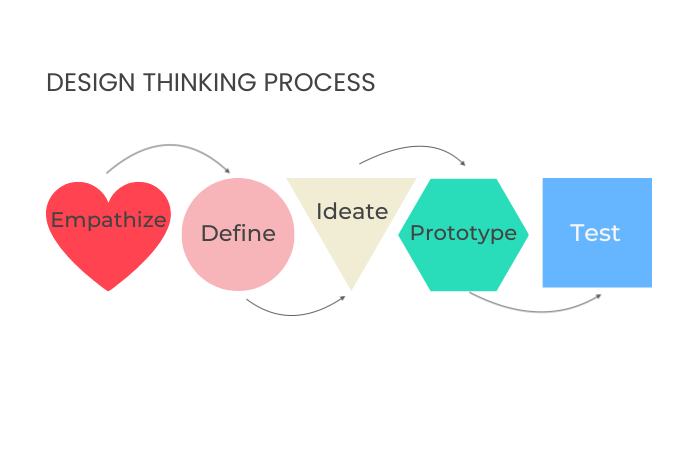
Prioritize your ideas with this Design Thinking trick
Impact Effort Matrix for Idea Prioritization
The sales battlefield is ever-evolving. New features, competitors, and industry shifts demand constant improvement to your sales enablement programs. But how do you identify the most impactful upgrades without wasting resources?
Design Thinking is a powerful method for ideating, building, and testing solutions that respond to a specific problem or need. During the ideation phase, stakeholders gather to brainstorm new ideas without limitations. But with a flood of ideas, prioritizing becomes crucial. Using the Impact Effort Matrix tool, stakeholders can prioritize generated ideas and make decisions that improve the sales enablement training program or any other matter.

Imagine you're a VC evaluating startups. You prioritize based on potential ROI (impact) and the resources needed (effort). The Impact Effort Matrix replicates this approach, helping you identify:
* High-impact, Low-Effort "Quick Wins" (A) are goldmines. Implement them first to boost sales performance with minimal resources.
* Strategic High-Impact, High-Effort Projects (B): These game-changers require careful planning but promise significant returns. Consider partnering with specialized third-party leaders for seamless integration and expertise. -> Can your team tackle this project in-house, or could an external partner accelerate results?
* Low-Impact, Low-Effort Initiatives (C): Don't waste time. Park these on the back burner for later evaluation (second tier).
* Resource-Draining Low-Impact Actions (D): These are innovation dead ends. Eliminate them to free up resources for high-potential initiatives.
How to apply the Matrix during Design Thinking Ideation phase?
Follow the steps:
1. List the improvement actions you identified for your enablement training program.
2. Draw up a grid in which the level of impact is defined on the Y-axis, and the level of effort is represented on the X-axis.
3. Place each listed improvement action you want to assess in the matrix according to their impact and effort scale.
4. Once the actions are polluted in the grid, the matrix will give you prioritization levels based on the rated quadrants (A, B, C and D):

Our takeaway is to prioritize ruthlessly. Focus on high-impact, low-effort wins first. For strategic high-effort projects, explore external expertise to accelerate impact.
Related Reading...
Online training enablement tools for global automation solutions firm
Helping Education Institutions grow with EdTech
FAQs about Idea Prioritization in Design Thinking
What is idea prioritization in Design Thinking?
Idea prioritization in Design Thinking involves evaluating and ranking ideas based on their value, feasibility, and potential impact. It aims to select the most promising ideas for development and implementation, focusing resources on solutions that address user needs and align with project goals. It ensures that the best ideas are chosen to create meaningful solutions.
What criteria can be used for prioritizing ideas in Design Thinking?
Some criteria that can be used for prioritizing ideas in Design Thinking include:
- Impact: How much impact will the idea have on the problem it is trying to solve?
- Effort: How much effort will be required to implement the idea?
- Feasibility: How feasible is the idea? Is it technically possible to implement?
- Timeline: How long will it take to implement the idea? How long for a first MVP?
- Cost: How much will it cost to implement the idea?
- Risk: What are the risks associated with implementing the idea?
- Sustainability: How sustainable is the idea? Will it be able to continue to work overtime?
- Scalability: How scalable is the idea? Can it be easily scaled up or down?
What is the Impact Effort Matrix and how can it help with idea prioritization?
The Impact Effort Matrix is a tool used during the ideation phase of design thinking to prioritize generated ideas based on their potential impact and the level of effort required. It helps identify opportunities and optimize results over time by categorizing actions into ranked quadrants.
What is an example of a low-effort, high-impact initiative in idea prioritization?
Low-effort, high-impact initiatives are quick wins you should focus on. These are actions that can bring significant positive results without requiring a substantial amount of resources. An example could be implementing a new onboarding process for sales representatives to improve their productivity and sales performance.
When should high-effort, high-impact initiatives be considered in idea prioritization?
High-effort, high-impact initiatives are strategic projects that require detailed planning. These actions can potentially bring substantial benefits, but they involve a significant investment of resources, such as budget, talent, or time. Consider these initiatives when you have the necessary resources and want to significantly impact a specific product line's strategy and long-term output.




